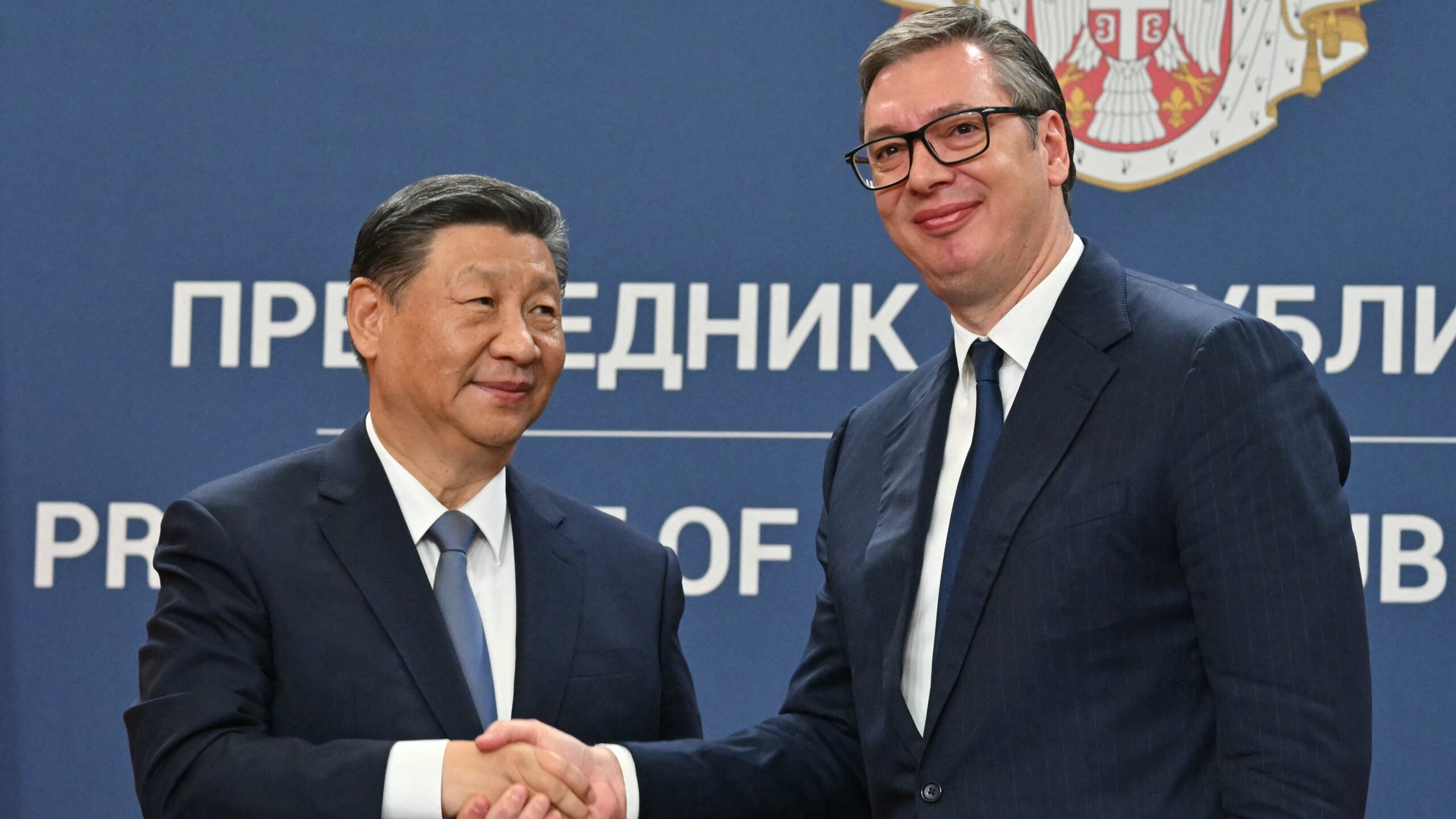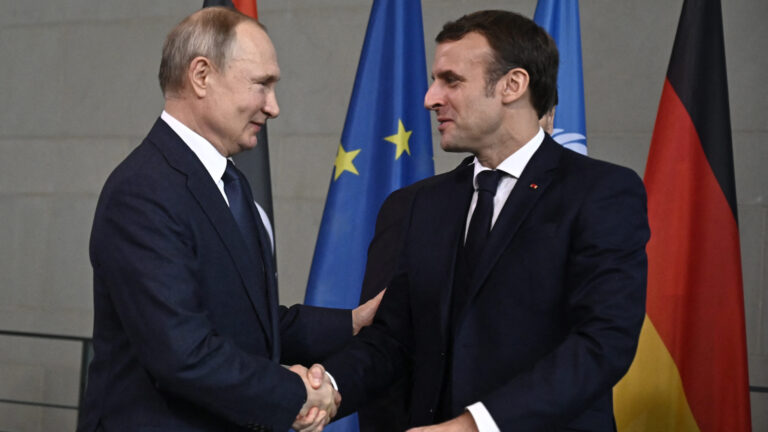In the economic development of the Western Balkans, it is clearly evident that China has emerged as one of the most important non-EU actors in the region, first as a bilateral creditor and subsequently also as a source of foreign direct investment (FDI). The emergence of China as this important actor is rooted in the 2008 Global Financial Crisis and was accelerated by the subsequent European sovereign debt crisis. In the wake of these shocks, Greece was forced to raise funds through the privatization of state assets—which also included the port of Piraeus—as last resort to service its public debt. This is how China managed to secure a minority stake in the port in 2008. By 2016, China had successfully acquired a two-thirds majority ownership, consolidating significant control over the port’s operations and strategic direction.
China’s systematic, rapid and efficient expansion in the region was also driven by the ‘Belt and Road Initiative’ (BRI). This initiative, founded in 2013, aimed to establish stronger economic and infrastructural connectivity between Asia and Europe. With the BRI, and the Port of Piraeus as a logistical hub, China was thus using the Western Balkans as a ‘geopolitical’ springboard—to tap into European markets.
China’s strategy, namely, to establish an economic footprint in the Western Balkans as bilateral creditor and foreign direct investor is particularly seen in Serbia—it is by now obvious that China identified Serbia as its main investment hub in the Western Balkans. In 2023, Serbia accounted for 96 per cent of the €5.6 billion total stock of Chinese FDI in the Western Balkans. The majority of this investment has gone toward industries like mining, metals, and low-tech manufacturing that are frequently regarded as being of poor quality or as being contentious from an environmental and social standpoint. Here, the Bor copper mine, the Linglong tire plant, the Smederevo steel factory, and the Čukaru Peki copper and gold project can be seen as prominent examples. China established itself as the second-largest investor in Serbia, accounting for 31.3 per cent of all FDIs, behind the EU, which held 39.6 per cent of the FDI total stock as of the end of 2024.
‘It is by now obvious that China identified Serbia as its main investment hub in the Western Balkans’
It should be stressed that China is also proactively strengthening its relations with Serbia by facilitating bilateral agreements. Among those, the free trade agreement between China and Serbia signed in 2023 has indeed a unique, symbolic character, by being the first free trade agreement between China and a country in Central and Eastern Europe.
It should be also noted that the EU remains the leading trading partner for the entire Western Balkans—with 70 per cent of the region’s total trade. EU–Western Balkan trade surged significantly between 2011 and 2021, by some 130 per cent. Exports from the Western Balkans to the EU increased by an astonishing 207 per cent in the same period. The EU is also without a doubt the largest foreign investor in the Western Balkans. In all Western Balkan countries, the EU’s share of FDIs stands at over 50 per cent (with the exception of Kosovo and Montenegro).
The EU is also proactively attempting to stimulate economic growth in the region with the allocation of €6 billion, as part of the EU’s ‘Growth Plan’ for the Western Balkans. The plan was introduced in 2023 to support reform agendas of the Western Balkan governments for a four-year period, until 2027. Looking deeper into the Growth Plan though, it is recognizable that only €2 billion of this sum are actual grants—the other €4 billion were designated as loans. This means that the grant component totals €500 million per year for the entire Western Balkan region, only amounting to some 0.3–0.4 per cent of the region’s annual GDP.
In contrast to the EU and China, US investments are far less prevalent in the Western Balkan area, with Kosovo being the exception—the US accounts for over 7 per cent of FDIs in Kosovo. Russia makes a range of investments in the region. With more than 10 per cent of the FDI stock, Montenegro has the largest portion held by Russia, while Serbia and Bosnia and Herzegovina have smaller percentages.
‘While the EU is a vital economic partner for the Western Balkans, it is currently struggling to maintain its influence in the region’
While the EU is a vital economic partner for the Western Balkans, it is currently struggling to maintain its influence in the region. EU accession negotiations in particular have grown sluggish and bureaucratic, which is why for years, the integration process for the entire Western Balkan region has stagnated—North Macedonia is a prime example of this phenomenon. This stagnation caused frustration for some Western Balkan countries, driving countries such as Serbia to maintain close ties with non-EU actors, such as China and Russia.
China’s engagement in the Western Balkans is evidently part of a comprehensive global strategy aimed first at expanding its economic presence and second at increasing its geopolitical influence. Its interest in the region offers medium-term economic opportunities for Western Balkan countries, while also posing significant long-term challenges for the EU. Here it should be noted that the involvement of China as a non-EU influencer in the Western Balkans could very likely play a crucial role not only for the region’s overall economic development, but also for its political integration into traditional ‘Euro-Atlantic’ structures.
Related articles:







